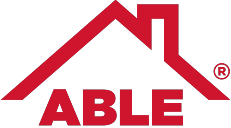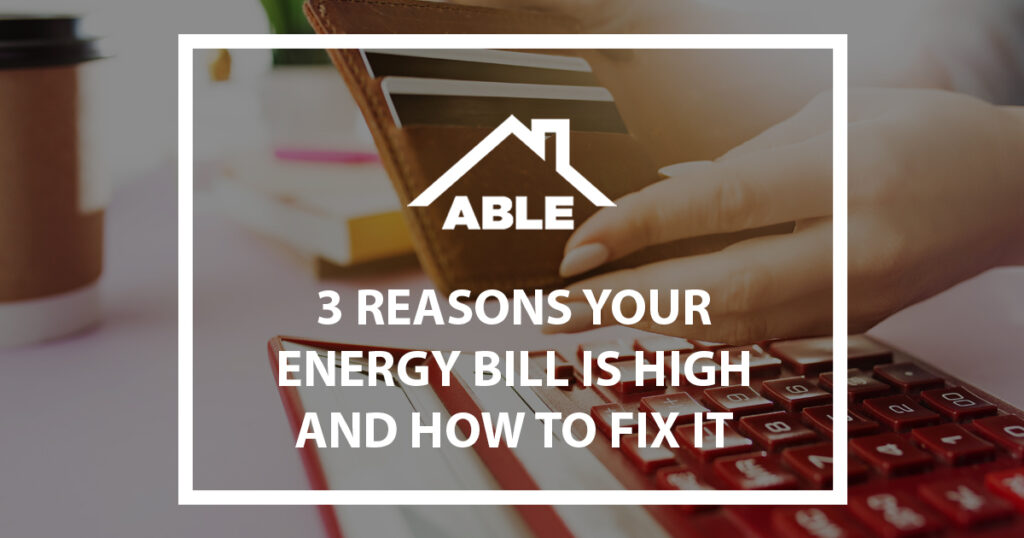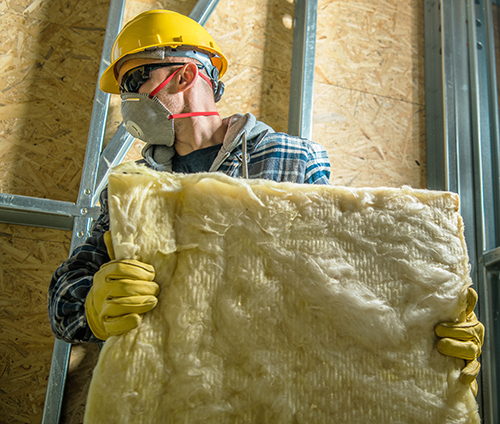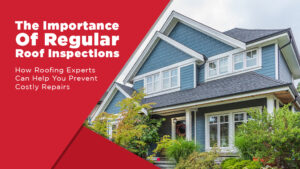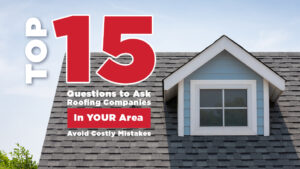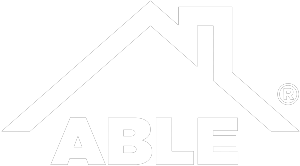A homeowner’s energy bill can amount to hundreds of dollars per month. The average American pays $118 every month for electricity alone (over $1,400 every year). Unlike your home loan/mortgage or homeowners insurance, your energy bill price can fluctuate from month to month. Small fluctuations can be handled by shifting around some finances or dipping into savings, but a bill that has a large increase is harder to plan for, much less pay for.
What do you do when you open the bill and see that the amount you are accustomed to paying has increased dramatically? Anxiety is the least of the emotions many would feel when receiving a huge increase in an energy bill and the first question most would think would be, “How did this happen?”
How to fix it would be the next thought going through a lot of homeowner’s heads. Before assuming something is wrong with your house, you should go over your bill, carefully comparing it to bills from past months and take weather conditions into account with this – if there was a cold snap, you might require more heat, etc. Another reason could be that your gas or electric company has raised its rates, and your bill would reflect that.
Possible explanations other than unexpected increases from energy companies or huge fluctuations in personal use, your energy over-consumption might be due to leaking in these three important areas: insulation, windows, and roof.
Insulation
In terms of energy waste, insulation has many layers. The chief problem of insulation is a poor installation of the product in the first place. Degrading of the product over time comes second. Here are some common mistakes homebuilders make when installing insulation, which might be the reason your energy bill is high:
#1. Improper sealing
Sealant is the most common problem in inefficiently installed insulation. Leaking through improperly sealed insulation not only causes the heat or cool air to escape from your home more quickly through the cracks, but it also can present significant problems with moisture and overall comfort in the home. Making sure there is a proper seal on all potential leak sites (windows, doors, plate penetrations, chases, and drywall sealant to top plates) is the best way to make sure your home is airtight and up to code.
#2. Poorly installed air barriers around double walls and tubs/showers
An air barrier and continuous insulation potentially prevent moisture as well as air leakage, but only if it is properly installed. Badly installed barriers are another common problem leading to energy leakage. In some homes at the time of construction, the bathtub and shower are installed before the insulation, so certain important components of the insulation are missed.
#3. Misalignment
The misalignment of insulation occurs when the insulation itself does not have good contact with the air barrier or other material in contact with the air barrier (example: when house wrapping applied to the exterior sheathing, the insulation should also be touching the sheathing). Simply put, the air barrier and the insulation should always be in contact. If they are not, the insulation is askew.
Degradation of the insulation over time is another culprit for energy leakage, causing high bills at the end of the month. Insulation that is uncompromised can last for a long time. House wrap, wrap tape, and spray foam methods of insulation can last up to 80 or more years if properly installed, and foamboard, cellulose (made from recycled paper), fiberglass, rock wool, and blown-in insulation can last 100 years or more. While the time insulation lasts seems like a long time, there are elements that can degrade existing insulation, reducing its longevity:
- Water damage (caused by roof leaks) can cause the insulation to break down faster. Water damage can also lead to the production of mold/mildew.
- Mold, if it forms, can degrade insulation over time and make it less effective. Mold can also cause serious health problems to inhabitants in the form of respiratory and heart issues. Mold, if found, should be removed immediately by a professional and steps should be taken to prevent mold from forming in the future.
- Punctures in the insulation decrease its efficacy.
- Fiberglass/cellulose insulation can potentially fall from ceilings, attics, or crawl spaces approximately 15-20 years after placement.
- Insulation that becomes polluted or mucked up with dust and debris can break down the insulation over time.
- If you live in an older house, it is possible there isn’t enough insulation (less was used typically when constructing homes in the past), so your home could be insufficiently insulated.
Regardless of the reason, problems with insulation could be the likely culprit for your energy bill crisis, so it is important to have insulation inspected by a professional at least once per year; even if you do not have high energy bills, you can forestall them with regular inspections.
Windows
Windows, according to the Department of Energy (DOE), “are responsible for 25%-30% of residential heating and cooling energy use.” If your windows are not energy efficient or in good condition, the suggestion is to replace or repair existing windows.
 For most people, updating is a less-expensive and less time-consuming enterprise when it comes to windows. Some tips the DOE gives on how to find problem areas and where to make changes are:
For most people, updating is a less-expensive and less time-consuming enterprise when it comes to windows. Some tips the DOE gives on how to find problem areas and where to make changes are:
- Checking windows for air leaks. A suggestion is to shut a dollar in a window and if you can pull the dollar out, there are significant air-leak problems.
- Caulking and/or adding weather-stripping to windows to prevent or fix leaks. You can do this yourself or hire a professional, but a professional is suggested.
- Adding window treatments (blinds, drapes, etc.). Heavy drapes are the most efficient for keeping in heat and cooling, as well as blocking out the sun, which can overheat a home.
- Adding storm windows/panels to existing windows
- Adding solar control film/tint to existing windows
- Adding exterior shade sources (awnings, outdoor blinds, and/or overhangs)
If you have decided window replacement is right for you, make sure to work with a licensed and/or bonded contractor who specializes in this area. A professional will know exactly what windows your home requires, as well as knowing which type will work best to maintain energy efficiency.
Roofing
A properly installed roof is essential for making sure your energy bills stay in your comfort level financially. There are many reasons why your energy bill is high, and it might very well be on top of your house. Here are the specific ways your roof may be contributing to higher utility bills.
#1. Your roof is getting too hot.
Sometimes, certain types of roofing can get incredibly hot (such as asphalt). A darkly colored asphalt roofing system can get up to 150 to 175 degrees on a hot summer day in New York City, according to the Green Home Guide.
Incredibly, the color of the roof might be a factor more than the material used. Lighter colors reflect sun more and therefore absorb less heat. When a roof gets too hot, your air conditioner/HVAC starts working overtime to cool your home.
A “cool roof” can take the temperature down and give your air conditioner a break. To apply this idea, you can either paint the roof a lighter hue or replace the existing roof with a less absorbent material in a light color.
#2. Insulation is poorly installed.
Again, insulation is another reason for energy leakage. Improperly installed roofing insulation can require both more air conditioning in hot weather and more heating during the winter. It’s important when considering insulation for your roof to contemplate the climate you typically deal with day-to-day, depending on the season. A licensed roofer, like the professionals at Able Roof, can point you in the right direction when it comes to proper insulation for your home.
#3. Unsustainable roofing on your home.
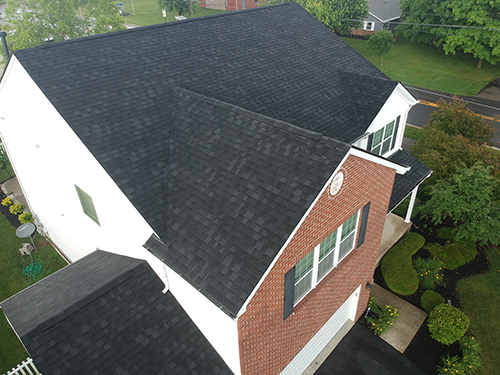 Sometimes the roofing is inadequate, and it needs replacement to cut down on energy costs. While this might give a person sticker-shock, over time the investment pays for itself. Able Roof professionals know what roofing system would best suit your home to augment energy efficiency. With more and more alleged “sustainable” and “green” roofing options coming on the market, Able Roof can direct you toward the most effective roofing for your home.
Sometimes the roofing is inadequate, and it needs replacement to cut down on energy costs. While this might give a person sticker-shock, over time the investment pays for itself. Able Roof professionals know what roofing system would best suit your home to augment energy efficiency. With more and more alleged “sustainable” and “green” roofing options coming on the market, Able Roof can direct you toward the most effective roofing for your home.
Whether your energy leaking problems are coming from your windows, roof, or insulation issues, they need to be resolved quickly. There are no situations where energy bills can be reduced by less energy consumption other than fixing leaks and seals when necessary replacing worn out materials with new, more energy-efficient models.
If your roof is the culprit, the best people to contact are the friendly specialists at Able Roof in the Columbus area. Most jobs can be completed within one day. A quality installation can be done in that short a time, making the choice not only the best one but the fastest. Schedule an appointment or call for 24/7 emergency services today for all your roofing needs.
